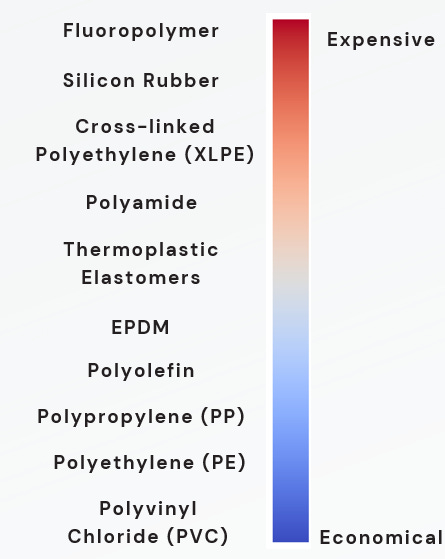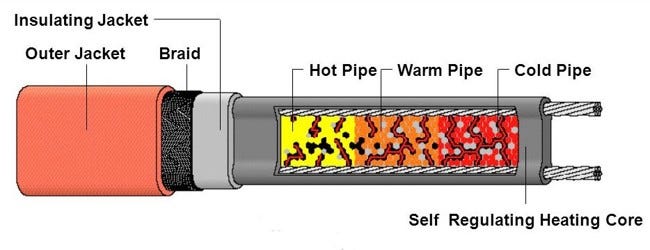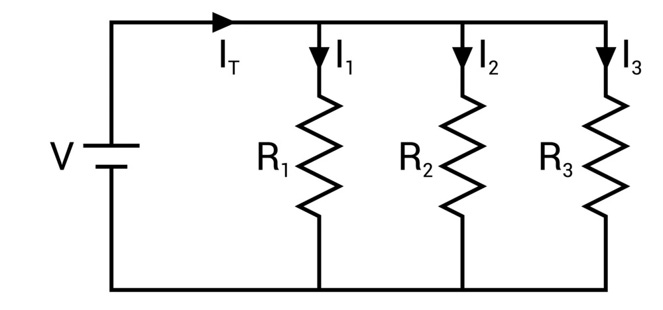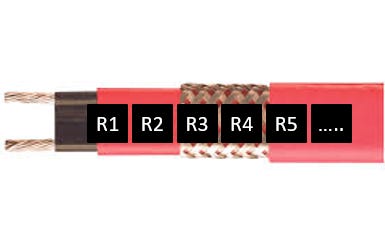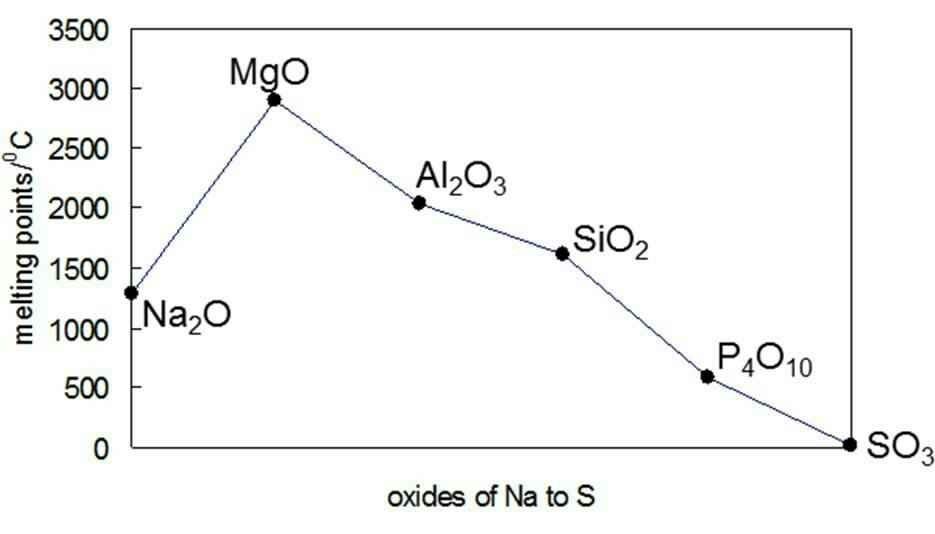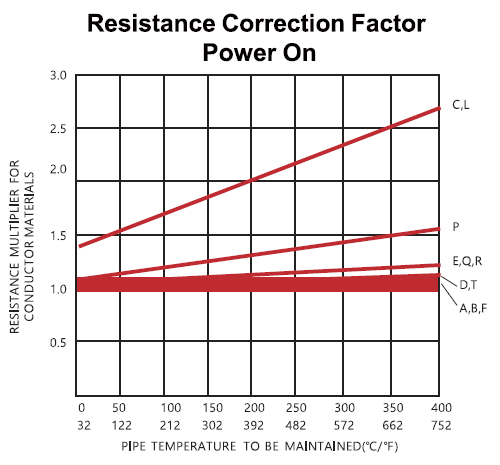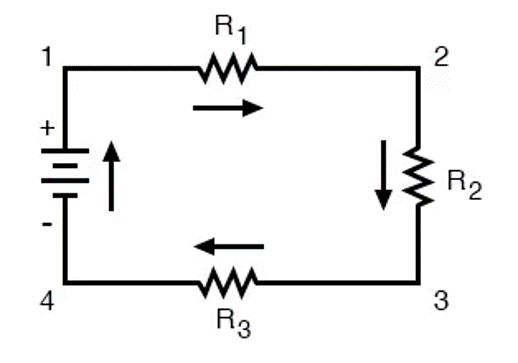Self-Regulating vs Mineral-Insulated : Comparison from Core Architectures to Key Features
Self-regulating (SR) heating cables are widely used in the industrial sector, but there are cases where mineral-insulated (MI) heating cables are preferred.
Typically, EHT engineers use MI cables for high-temperature applications (above 250°C) and SR cables for standard temperatures. While this approach isn’t wrong, it only addresses one aspect of the differences between the two types of cables.
In this article, we’ll explore the structure, materials, and characteristics of each cable to better understand which is best suited for different conditions.
<Self-Regulating Heating Cable>
1. Cable Structure
A: Buss Wire
B: Core Matrix
C: First Jacket
D: Metallic Braid
E: Overjacket
The copper buss wires provide electrical current to the core matrix, which is made of a semi-conductive polymer that generates heat. The materials used for the first jacket and overjacket vary depending on the operating temperature of the cable.
(Different types of plastic materials for jacket. As thermal resistance increase, cost rises)
2. Operating Principle: PTC (Positive Temperature Coefficient) Effect
As the name suggests, self-regulating heating cables adjust their heat output automatically. They produce more heat when the cable temperature is low and less when it is high.
The heating matrix consists of a polymer mixed with conductive particles like carbon or metal.
At low temperatures, these particles form a conductive network that allows current to flow freely, generating heat. During this phase, resistance is low, enabling more current to pass through.
As the temperature rises, the polymer expands, causing the conductive particles to spread apart, which disrupts the electrical pathways. This increases resistance and reduces the current flow.
Through the PTC effect, the cable enhances energy efficiency and prevents overheating, ensuring safety.
3. Characteristics
SR heating cables operate in a parallel circuit configuration. Imagine segments of resistance (R1, R2, R3, etc.) connected in parallel.
A key feature of parallel circuits is that each segment functions independently. As a result, the heat output of each segment remains constant, regardless of the cable’s overall length. In parallel circuits, the voltage remains constant across each segment, ensuring consistent heat output per unit length (W/m) no matter how long the cable is.
The main advantage of this feature is that the cable can be cut to the desired length on-site without affecting heat output, providing flexibility during installation and improving efficiency.
<Mineral-Insulated Heating Cable>
1. Cable Structure
The conductor, typically made of copper or nickel alloy, generates heat when current flows through it. The insulation is composed of magnesium oxide (MgO), a highly temperature-resistant material that maintains the cable's insulation properties at high temperatures while efficiently transferring heat.
(High melting point of MgO)
The outer sheath is made from durable metals such as stainless steel, Inconel, or copper to protect the cable from mechanical or chemical damage.
2. Operating Principle
Unlike SR cables, the heat output of MI cables remains almost constant even as temperature rises. In other words, they don’t exhibit a significant PTC effect.
(Some MI cables with copper conductors may show some PTC effect, but for most models, resistance stays nearly constant regardless of temperature.)
While SR cables become more energy-efficient at higher temperatures due to reduced output, this also means they are less effective at maintaining high temperatures. MI cables, which are less affected by the PTC effect, continue to supply heat efficiently at high temperatures. The inorganic materials in MI cables also provide excellent thermal resistance, making them ideal for high-temperature applications.
3. Characteristics
MI heating cables operate in a series circuit configuration. Imagine segments of resistance (R1, R2, R3, etc.) connected in series.
In a series circuit, the same current flows through the entire cable length, ensuring uniform heating throughout. However, resistance increases with the length of the cable, which affects overall power consumption and heat output. Therefore, when using MI cables, it is crucial to carefully design the cable's length, resistance, and voltage to achieve the desired heat output. (How to do the appropriate design of MI cable will be discussed in the next article).
Since MI cables require precise design, they cannot be cut to length on-site like SR cables. However, once correctly designed, MI cables provide consistent and reliable heat output.
<Conclusion>
SR and MI heating cables differ in structure, operating principles, and characteristics. For general applications involving shorter lengths and lower temperatures, SR cables are a good option. However, MI cables offer greater reliability and efficiency for more demanding conditions, such as long runs and high temperatures.
It’s essential to evaluate your system to determine which cable type is best suited for your specific needs.




